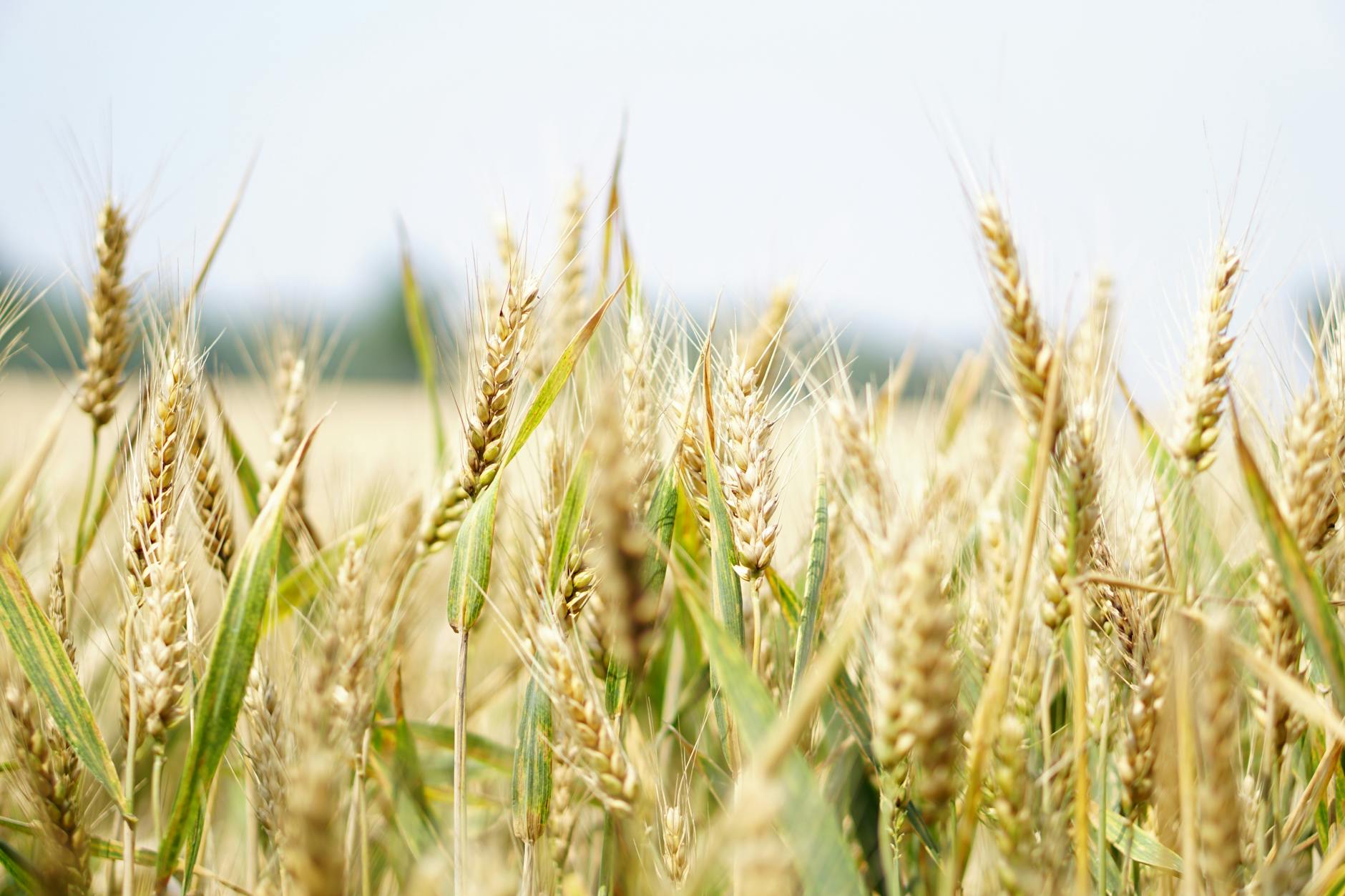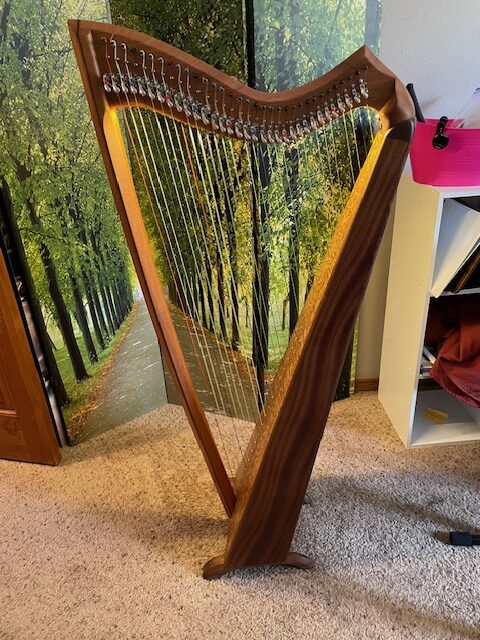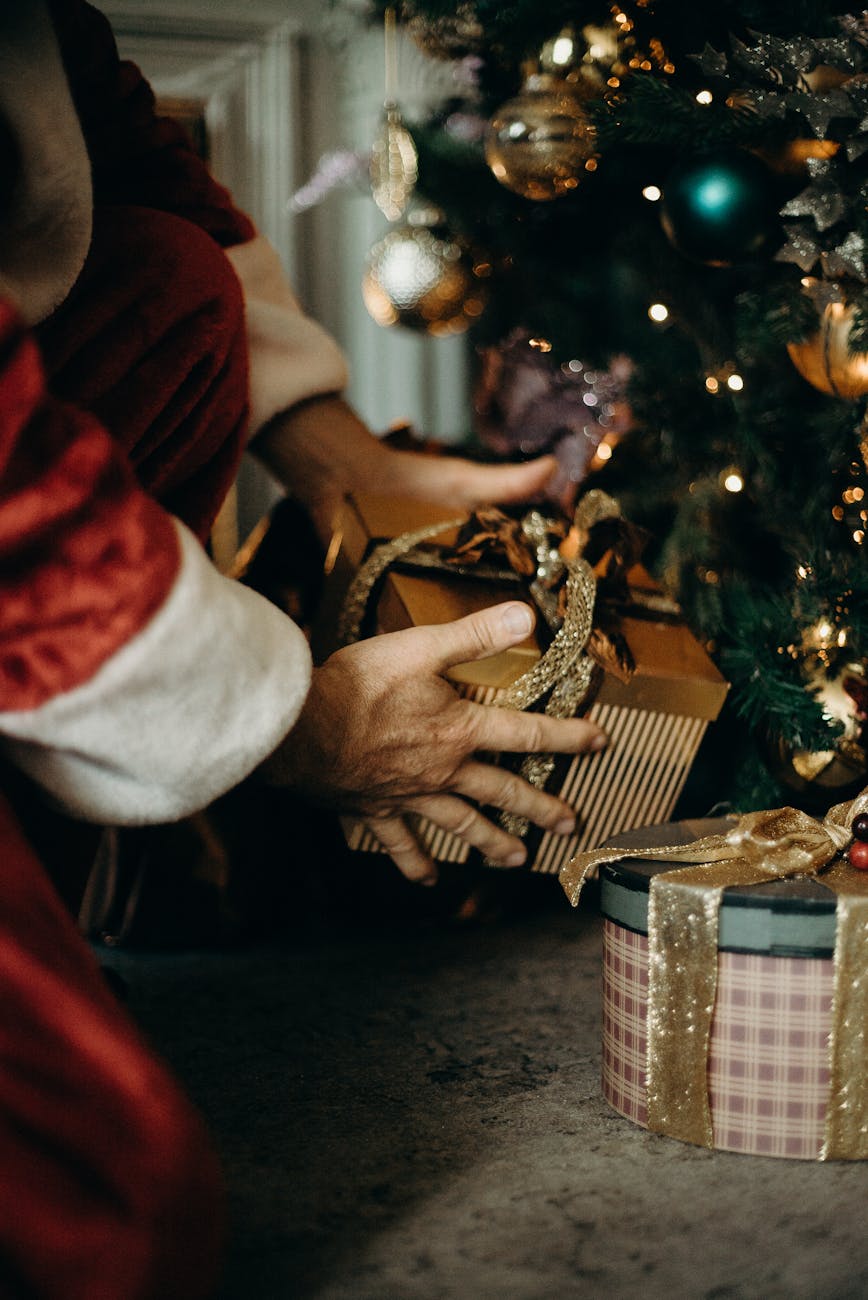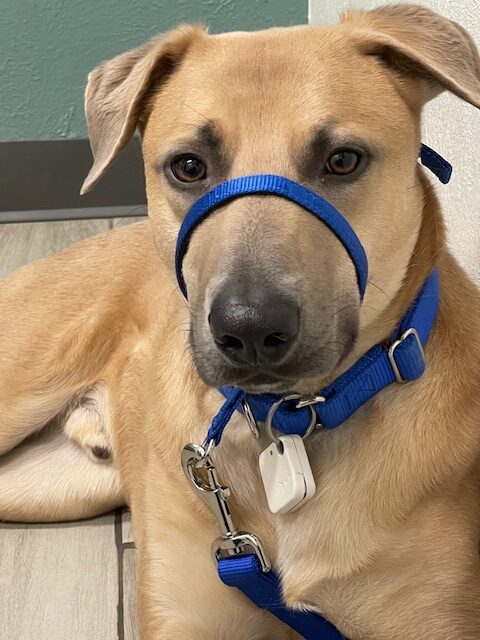Fields of Gold

Fields of Gold was written (words and music) by Sting, and this arrangement for harp is by Christy-Lyn Marais at learningtheharp. An AI overview labels this as a reflective song about the uncertainties and eventual parting of a romantic relationship. In the book Lyrics by Sting, the “fields of gold” imagery was inspired by watching … [Read more…]








